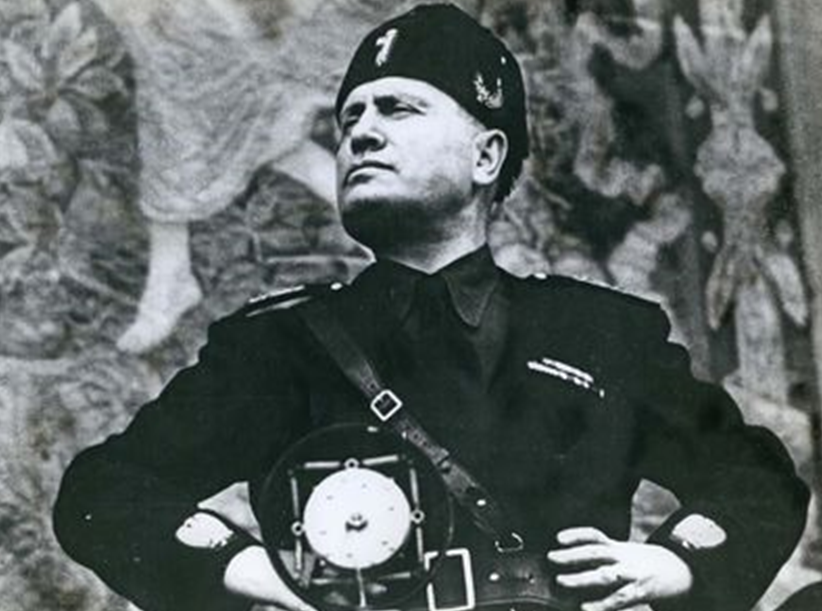
Foundation for the History of Totalitarianism
A mixture of books that are regarded as masterpieces or are best-sellers or both.
1.
The Diary of a Young Girl Anne Frank
In 1942, Nazi Germany began deporting Jewish people from occupied Netherlands. Anne Frank and her family went into hiding in a neighbour’s attic and lived there for two years. Anne wrote a diary full of life and charm. Eventually she and her family were discovered by the Nazis and sent to Bergen-Belsen concentration camp. All except her father died in the brutal conditions. Her diary has been a publishing phenomenon, selling over 30 million copies. Her hiding place at the back of a house in Amsterdam can still be visited today.
2.
1984 George Orwell
Orwell’s novel portrays life under a dystopian, totalitarian regime: the lives of citizens are minutely controlled: history is warped to suit the state; terror is used to keep citizens in line. The book was banned in the Soviet Union and the Warsaw pact.
3.
The Origins of Totalitarianism Hannah Arendt
The definitive work on totalitarianism, written by a woman who personally experienced life and persecution in Nazi Germany. Arendt explores the institutions and operations of totalitarian regimes, focusing on Nazi Germany and Stalinist Russia. She concludes that these regimes are two sides of the same coin, rather than opposing philosophies of Right and Left. She discusses propaganda and the use of terror to control the population.
4.
Hitler, Stalin, Mum and Dad: A Family Memoir of Miraculous Survival Daniel Finkelstein
Daniel Finkelstein gradually became aware that he did not come from a ‘normal’ British family. Both his parents had escaped from totalitarian regimes in continental Europe. He researched the story of his family and created a moving and revealing account of his parents’ experiences at the hands of the Nazi and Soviet regimes. It is a story of persecution; survival and the consequences of totalitarianism.
‘This is a masterful tale, haunting, elegiac, at times joyful and humorous. It is a history, a commentary, and a thriller, alternating between the suffering at the hands of the Germans and the Soviets.’ Financial Times
5.
The Captive Mind Czesław Miłosz
Written in Paris in 1951 by an exile of Stalinist Poland, Miłosz drew upon his experiences as a prohibited author during the Nazi Occupation and of being a member of the ruling class of post-war Poland. The book attempts to explain the allure of Communism to intellectuals. It is at times brilliant and at other times quite a difficult read.
6.
The Rise and Fall of the Third Reich William Shirer
Shirer reported on the rise and fall of Nazi Germany for CBS radio. Then, when the war ended, he was given access to recorded Nazi testimonies and documents seized by the Allied powers. So he was in an exceptional position to write this book and it was a huge success on publication in 1960, selling a million copies in a single year. It is readable rather than academic. Nevertheless, the New York Times called it, “One of the most important works of history of our time.”
7.
One Day in the Life of Ivan Denisovich Alexander Solzhenitsyn
This classic novel describes a single day in the life of a prisoner in the Gulag. It was based on Solzhenitsyn’s own experience. It was one of the most influential works of fiction of the 20th century. In the West, it opened eyes to the true nature of the Soviet regime. Remarkably it was also allowed to be published in the Soviet Union so it also exposed the truth of the Gulag to ordinary Soviet citizens.
8.
Wild Swans Jung Chang
A best-selling account of three generations of Chinese women: Jung Chang’s grandmother, her mother and herself. Her mother was a dedicated communist party member and married a man who was also a member and became a senior official. But when the Cultural Revolution began, Jung Chang’s father opposed the violence and, as a result, was persecuted. Her mother refused to denounce her father and so was persecuted, too. The book tells the story of China changing from an ancient culture into the country it is today. Beautifully written and perceptive, it has sold over 13 million copies.
9.
A Village in the Third Reich: How Ordinary Lives Were Transformed by the Rise of Fascism Julia Boyd
A portrait of Germany under Hitler for ordinary people. Drawing on personal archives, letters, interviews and memoirs, it focuses on Oberstdorf, a picturesque village of in the Bavarian mountains and shows how, even in this remote place, life was distorted by the Nazi regime.
“These vivid, moving stories leave us asking, ‘What would I have done?'” – Professor David Reynolds, Emeritus Professor of International History at Cambridge University.
10.
Everything Flows Vasily Grossman
The novel is an engaging little masterpiece. It is particularly penetrating in portraying the motives and characters of the different kinds of people. For example, Grossman tries to understand the thinking both of those who were sent to the Gulag and those who had denounced them.
more articles and book extracts